Curious Cat Licks Food but Doesn't Eat
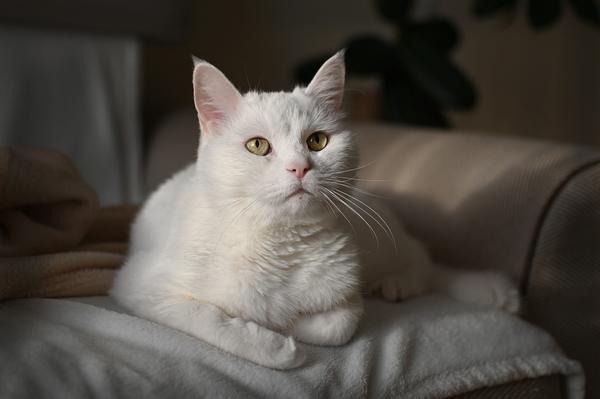
Let me know if you've experienced this:
You put a fresh bowl of food down for your cat, eagerly anticipating the contented purrs and satisfied munching. 😺
But instead, your feline friend gives the food a few licks and walks away, leaving you frustrated and confused.
Why doesn't your cat actually eat the food?
Is it trying to drive you insane?
Well, grab a cup of coffee and let's dive into the baffling world of finicky feline eating habits.
Investigating if the Cat Is Using Food Licking as a Self-Soothing Behavior
Cats lick their food as a way to soothe themselves, you know?
It's like a stress reliever for them.
If you notice your cat doing this a lot, maybe try some other ways to help them chill out.
Like getting them interactive toys or puzzles to distract them and take their mind off the licking.
Oh, quick heads up: dry food might not be the best option for cats. They struggle with starch and don't get enough water from it alone.
So keep that in mind when picking what they eat.
And get this, cats can actually pick up on their owners' anxiety too.
It can mess with their eating habits.
So here's an idea:
Establish a calm schedule and routine for your furry pal.
It could make a difference in their eating behavior.

Speaking of eating, ever heard of whisker fatigue?
Yeah, it's a thing.
Some food bowls can actually make cats uncomfortable and cause problems with eating.
If your cat won't eat, leave the food out for a short time (like 15-30 minutes).
It might trigger their hunger.
Just remember not to leave raw or wet food uncovered for too long because it could get gross and risky for their health.
Here's one last tip:
Try hand feeding your cat. It can give them comfort and encourage them to eat.
Hope these suggestions help you out!
So after exploring some ways to help your cat relax and improve their eating habits, I wanted to share another helpful resource with you.
If you're still puzzled by your cat's tendency to sit in the bathtub, I've written a useful blog post titled Why Does My Cat Sit in the Bathtub.
This post dives deeper into possible explanations for this behavior that might put your curiosity at ease.
Don't hesitate to check it out if you're looking for more insights!
Determining if the Cat Has a Medical Condition Affecting Its Appetite
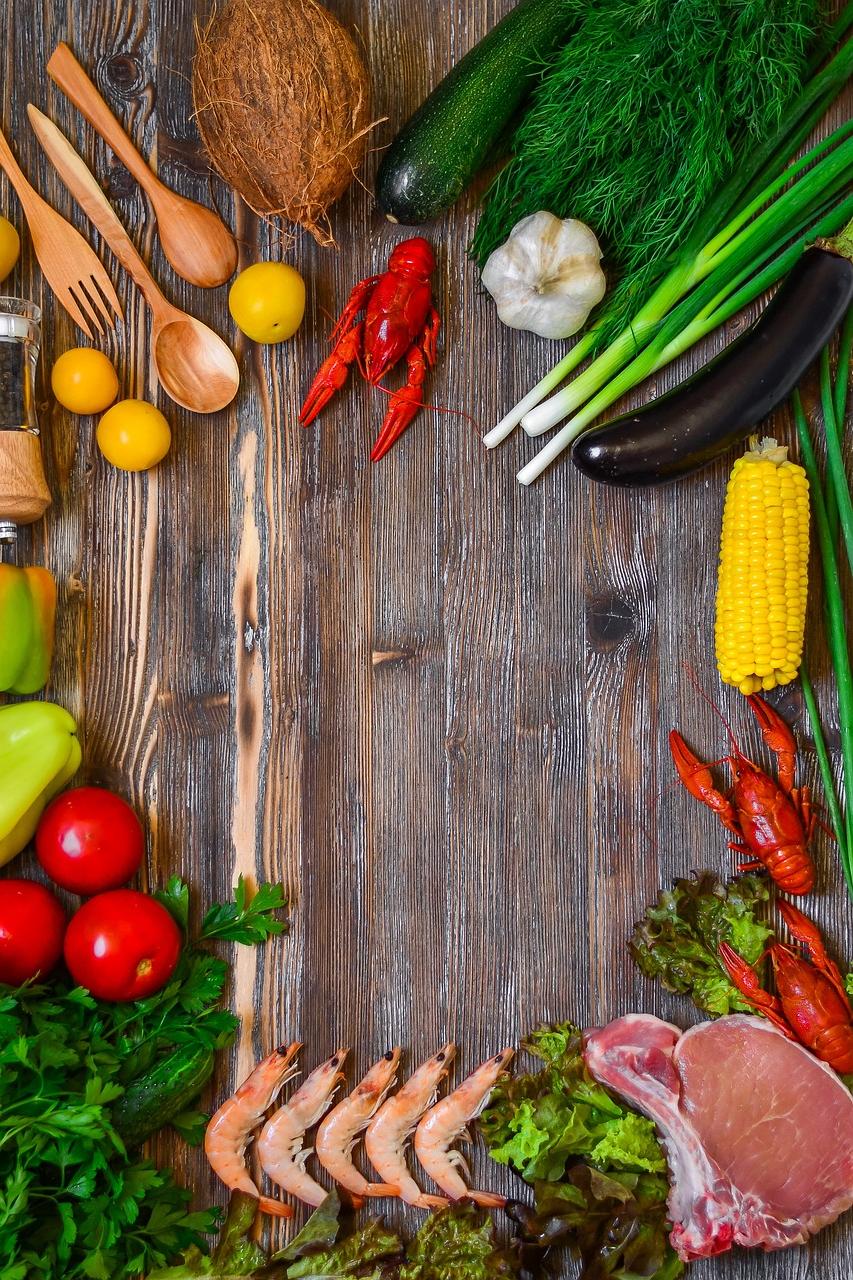
When you're trying to figure out if something's up with your cat's appetite, remember these 12 things:
- Keep an eye on how they eat.
- Check if they're gaining or losing weight. 😺
- Notice if they're drinking more or less water than usual.
- Look out for any signs that their tummy is upset.
- Pay attention to hairball situations.
- See if they have any issues with breathing.
- Don't forget to check their teeth for dental problems.
- Think about whether they might just be disinterested in food (pseudoanorexia).
- If their appetite doesn't improve after a day, seek help from the vet.
- Remember that loss of appetite can mean different diseases are at play.
- Be aware that not eating enough can lead to serious liver trouble like hepatic lipidosis.
- Work together with your vet to come up with a treatment plan and make sure your cat is getting proper meals.
And if you've ruled out any medical conditions affecting your cat's appetite, I'll share some tips on gradually transitioning their food to identify potential triggers for digestive problems...
Investigating if the Cat Is Experiencing Nausea or Digestive Issues
When investigating if your cat is experiencing nausea or digestive issues, there are a few approaches you can try:
- Gradually transition to a different brand or type of wet food - By slowly introducing new food into your cat's diet and observing any changes in their digestion, you can determine whether certain ingredients were causing the upset.
- Add water to wet food to create a slurry/stew texture - This can help make the food easier to digest and provide relief for cats experiencing nausea or digestive issues.
- Experiment with different food textures - Some cats may prefer softer foods, while others may do better with a crunchier texture. Trying out various options can help you narrow down what works best for your cat's stomach.
- Keep a food diary - Take note of what your cat eats and how they respond. This can help you identify patterns or triggers for digestive problems.
- Consult with a veterinarian - If your cat continues to have ongoing digestive issues, it's important to seek professional advice. A veterinarian can provide further guidance and potential solutions tailored to your cat's specific needs.
The identification of these procedures allows you to collect valuable data regarding your feline's nutritional requirements and strive to solve any concerns related to their digestion.
And if you're finding that your cat's food bowls are constantly being knocked over, believe me, I've been there too.
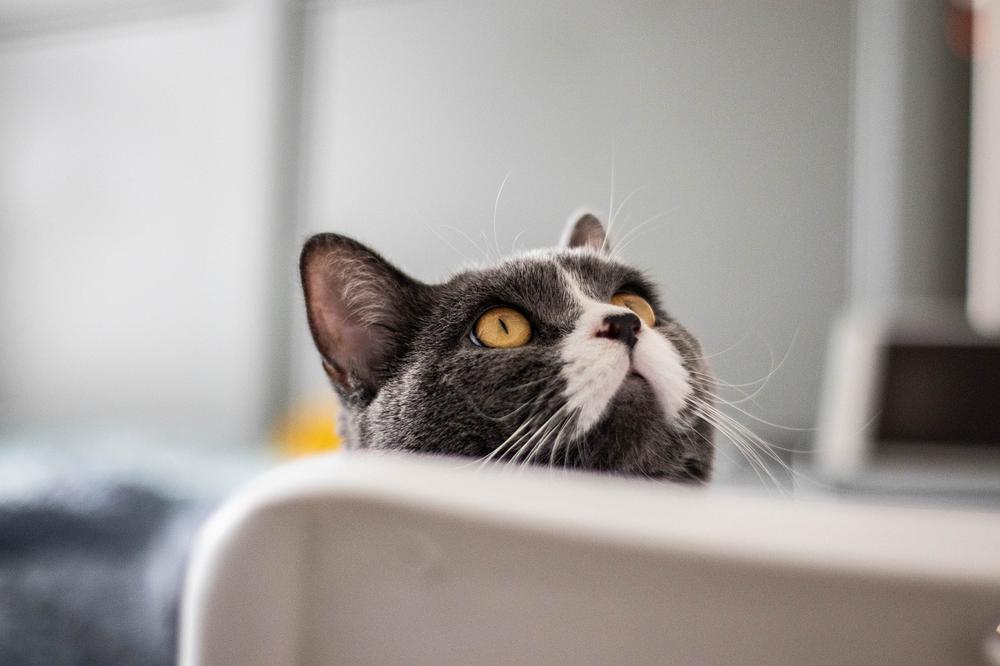
It can be both frustrating and puzzling, leaving you wondering why this behavior is happening in the first place.
That's why I've written a useful blog post that explores the reasons behind why cats knock over their food bowls and provides practical tips on how to stop it.
Trust me, you don't want to miss out on reading my article on Why Do Cats Knock Over Their Food Bowls.
Investigating Cat's Preferences for Flavors, Smells, Texture, and Taste
Understanding cat's food preferences
Cats have their own unique preferences when it comes to food, just like humans do.
They can be picky eaters because of factors like boredom or a high hunger threshold for wet food.
To ensure your feline friend is happy and satisfied, you need to understand their food preferences.
Experiment with flavors and textures
Trying different flavors and textures of food can be an exciting way to grab your cat's attention.
Some cats prefer minced food, while others enjoy shredded or chunked options.
You can also entice them with different aromas. Think about what your furry buddy enjoys - maybe they love licking the gravy from their wet food.
Don't be afraid to experiment until you find the perfect match for your cat's taste buds.
Tips to prevent finicky behavior
If your cat is being particularly finicky, here are some tips that might help.
One option is serving delicious whole meat in jelly.
Cats are obligate carnivores, so understanding their natural diet will guide you towards suitable food choices.
Avoid overwhelming your feline companion with too many flavor choices.
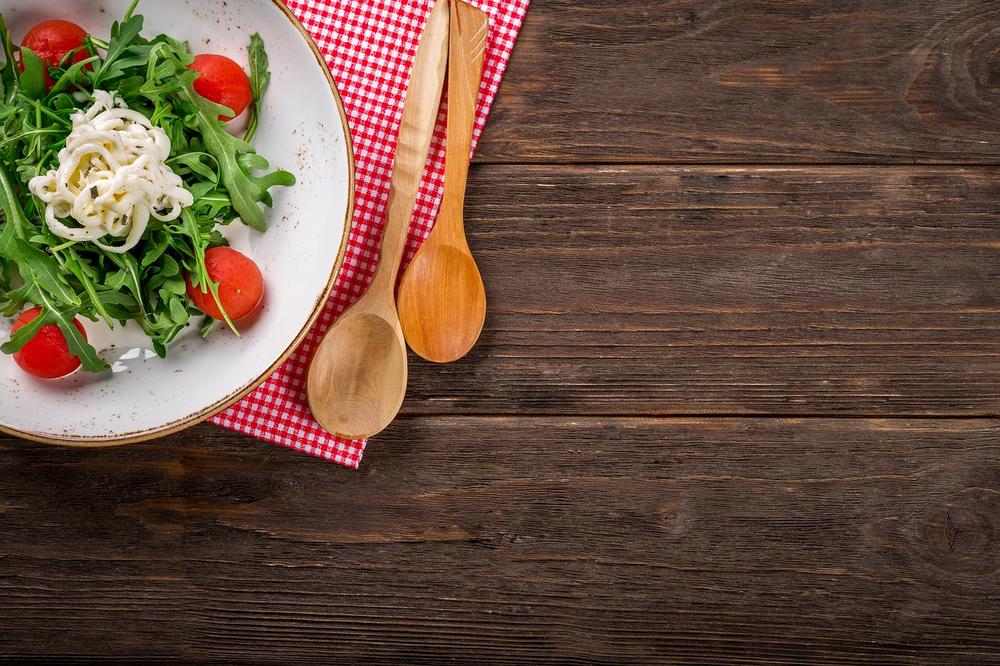
Stick with what works once you've found a brand or type of food they enjoy.
It's worth noting that some cats may initially sniff or lick new food without actually eating it.
This could be due to strong food preferences they developed as kittens.
Encouraging them to eat wet food can be done by introducing fresh meat to their diet and using techniques like shallow dishes, warming the food to release aromas, or adding juices from rotisserie chicken to their meal. Combining wet and dry food is also recommended for a balanced diet.
When choosing cat food, make sure to avoid options with less protein and more carrageenan-rich gravy. Look for brands that offer fresh, human-grade whole meat and align with the feline natural diet. Moreover, consider any medical considerations your cat may have and opt for high-quality brands with a good reputation.
A balanced diet is crucial for cats, so avoid frequent changes or excessive treats that can upset their appetite.
Dry food alone isn't enough, and too many carbohydrates may harm your cat's health.
Lastly, refrain from feeding raw fish to your feline friend as it can lead to vitamin B deficiency.
Now you have some insights into how to investigate your cat's food preferences.
Good luck finding the purrfect mealtime solution for your furry friend!
Exploring if the Cat Is Eating Other Food Sources
When exploring if the cat is eating other food sources, please keep in mind these helpful strategies:
- Avoid offering canned food as an alternative option to prevent your cat from seeking food elsewhere.
- Relocate garbage bins to areas that are inaccessible to your cat, minimizing their opportunity to scavenge for food.
- Introduce healthy treats that can act as a supplement to their regular diet, providing extra nourishment and satisfying their cravings.
- Promote healthy habits by establishing a consistent feeding schedule and portion control, encouraging your cat to eat meals at designated times and preventing them from seeking food outside of those times.
- Monitor their food choices regularly to ensure they are still interested in their usual food. If not, consider changing up their meal options to keep them engaged and satisfied.
- Keep in mind that this list doesn't cover every possible solution, so it's important to consult with a veterinarian to address any specific concerns about your cat's food intake.
To guarantee your cat's nutritional needs are met and prevent seeking food elsewhere, you can apply these tactics. 🐱
Now, you might be wondering...
What other factors could potentially affect a cat's eating habits?
Well, feline dental problems can play a significant role in their food preferences and all in all comfort.
Let's explore how addressing these issues can make mealtimes a more enjoyable experience for your furry friend...
Understanding if the Cat Is Displaying Signs of Dental Problems
Cats can experience dental issues that make eating uncomfortable for them, but you can help alleviate their pain by trying softer wet foods or purees instead of dry kibble.
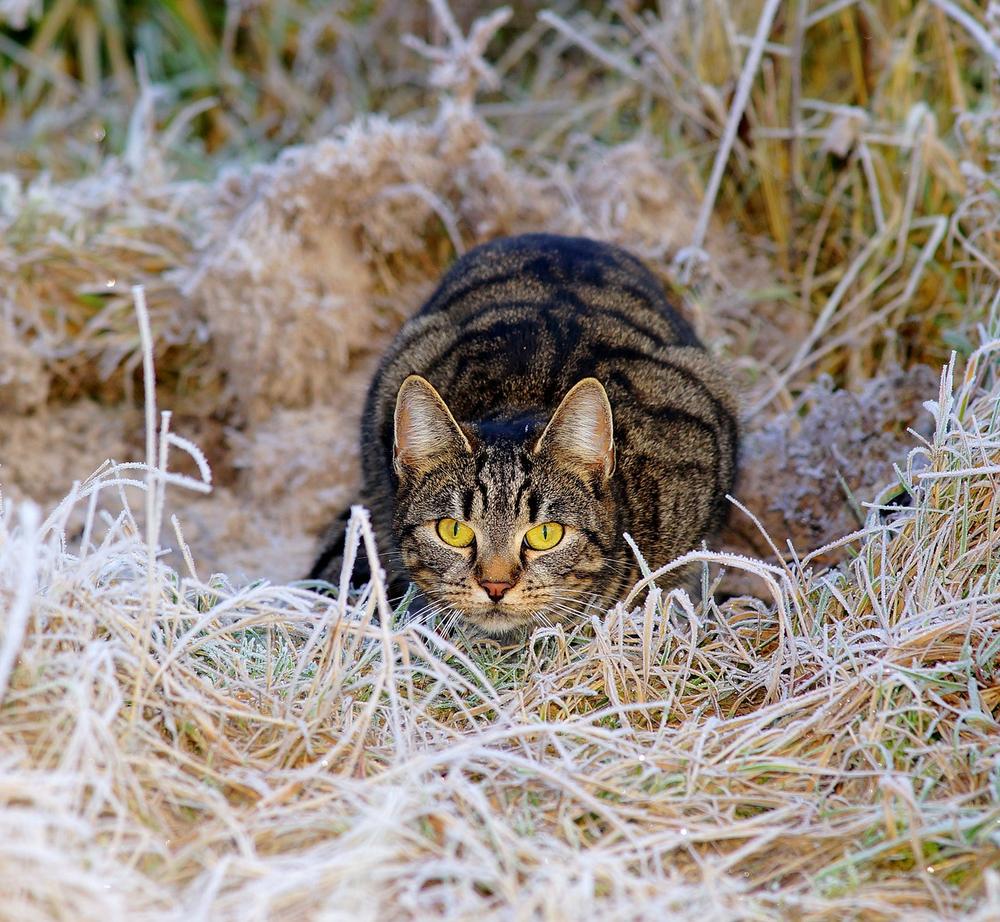
Regular brushing is crucial to prevent hairball problems, and you ought to provide cats with food that has enough moisture. However, some felines may actually prefer dry food despite their dental problems. It's all about finding what works best for your furry friend.
You know your cat better than anyone else, so listen to their preferences and take steps to keep their mouths healthy and happy.
Understanding the Cat's Dietary Preferences and Health
Key Takeaways:
- Dry food may not be ideal for cats as they struggle with consuming starch and lack sufficient water intake.
- Cats can be influenced by their owners' anxiety, affecting their eating habits.
- Establishing a stress-free schedule and routine for cats could help improve their eating behavior.
- Whisker fatigue, caused by unsuitable food bowls, might contribute to this issue.
- Leaving the food out for a short duration can stimulate hunger, but avoid leaving raw or wet food exposed for long periods due to contamination risks.
- Hand feeding can offer comfort and encourage cats to eat.
- Monitor cats' eating habits and overall well-being to determine if there is a medical condition affecting their appetite.
- Changes in eating habits can indicate potential medical issues such as respiratory infections, dental disease, and pseudoanorexia.
- Seek veterinary attention if a cat experiences a loss of appetite that lasts for more than 24 hours, especially for older cats.
- Cats require well-balanced meals consisting of whole meat, and nutritional considerations should be taken into account.
- Making a slurry/stew texture with wet food can be beneficial in investigating nausea or digestive issues.
- Cats have food preferences and habits that can be influenced by boredom or a high hunger threshold for wet food.
- Gradually introduce healthier options when trying to change a cat's food preferences.
- Encourage cats to eat wet food by introducing fresh meat to their diet and implementing techniques like warming the food or adding rotisserie chicken juices.
- Avoid feeding cats pouched, diced, or chunked foods that contain less protein and more carrageenan-rich gravy.
And that wraps up today's article.
Before you head out, can I ask you something? Did you find my blog post helpful? If the answer is yes, it would mean a lot to me if you could share it with your friends and family. Sharing is super easy - just click on any of the social media sharing icons and voila! Thank you so much!
Talk soon,
-Sarah Davis